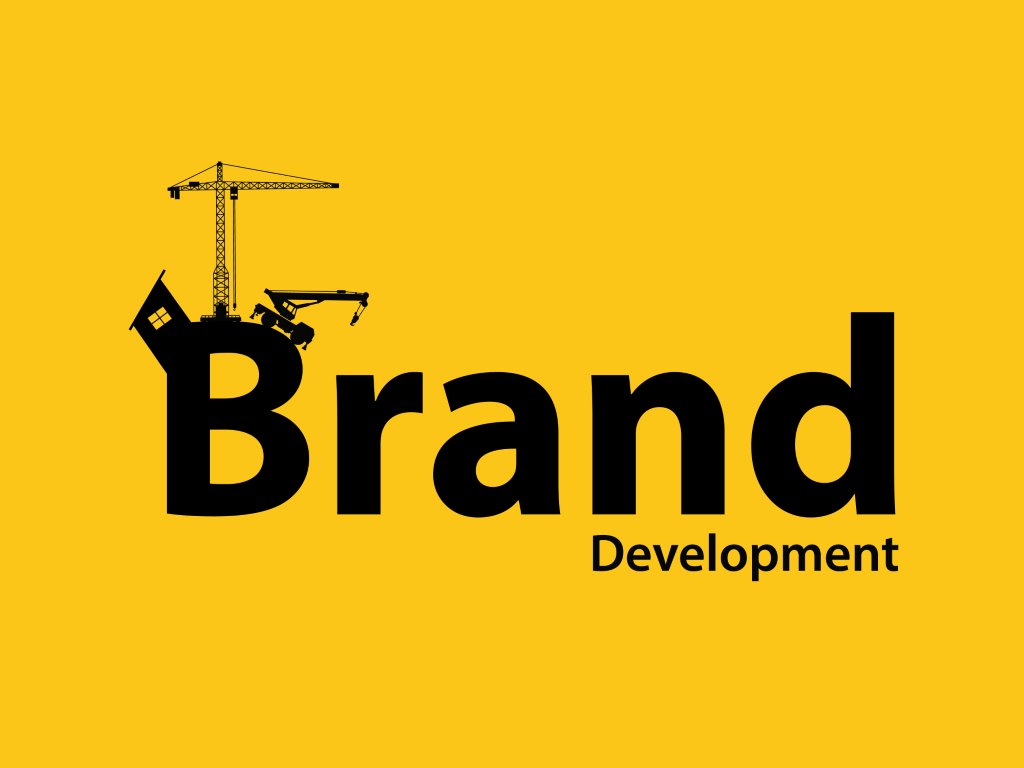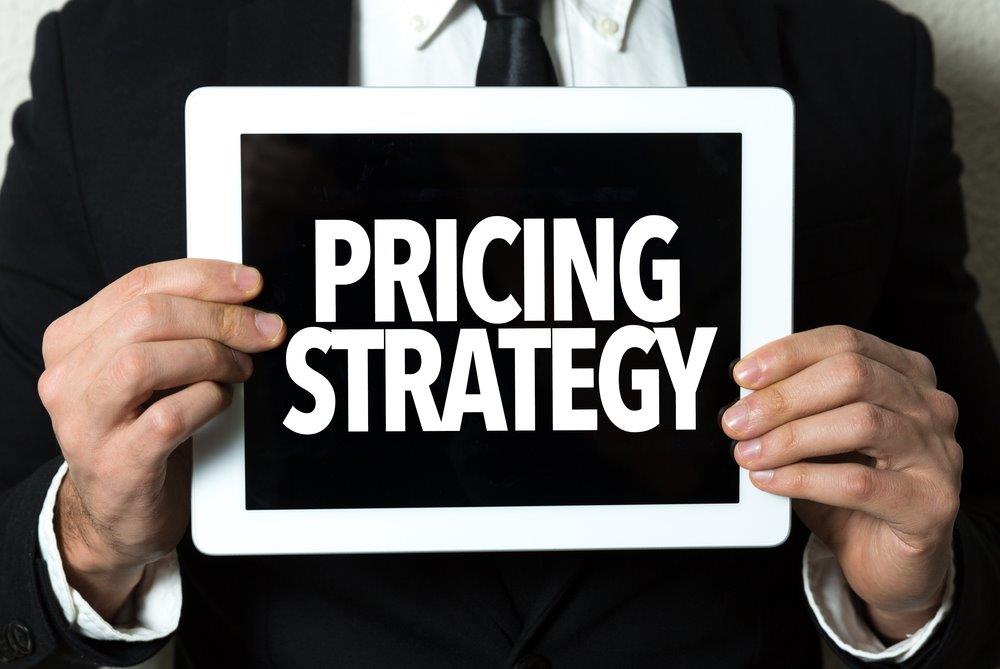 Consumer food and beverage brands destined for bricks and mortar retail stores had better know what is slotted next to them on the shelf. All your great work on branding, brand development, logo design, and packaging can suddenly come to an abrupt halt if your branded products are misplaced on the shelf. This is why a thorough understanding of store product category shelf sets is so important to successful brand builders.
Consumer food and beverage brands destined for bricks and mortar retail stores had better know what is slotted next to them on the shelf. All your great work on branding, brand development, logo design, and packaging can suddenly come to an abrupt halt if your branded products are misplaced on the shelf. This is why a thorough understanding of store product category shelf sets is so important to successful brand builders.
New brand builders can benefit from independent stores that don’t follow a ridged plan or “set” for how products in a category are arranged. But the larger chain and package stores have official sets into which your branded products find their placement based on pricing, size, or type. The set philosophy can vary widely from chain to chain and even district to district within the same chain.
Successful brand builders will do well to see how their brand is positioned in the shelf set, also known as a plan-o-gram, before they permit their brand to appear on the shelf. This critical information will definitely effect sales. Here are the main factors that affect your brand positively or negatively:
- Category. Your branded product will placed in the same section with other like products. But wait, it’s not that simple. It’s the retailer’s judgement about where you fit, not yours. So if you have a disrupting product, you may be placed with products that may be “odds and ends” because the buyer doesn’t know where to put you. Or you may be put in with products that the buyer thinks you are like, even if you aren’t. Either of these can make it difficult to stand out or be found by a consumer.
- Type. Within a category the retailer’s set planners have to decide what type of product you are and where you fit in. If you have a product that they already have a place for, you go in there. But again, at this micro level it is the retailer’s judgement about where you wind up. Once your branded product is typed, it’s very difficult to distinguish yourself as you become more of a commodity in the consumer’s mind. Ideas about what types are can vary from retailer to retailer.
- Price. Most consumer product brand builders try to position their products using price. It’s difficult enough achieving the intended shelf price given the myriad of factors from your FOB to the shelf. But now you are faced with deferring retail shelf pricing philosophies. Some retailers deliberately put higher price items on the left at eye level and progressively lower priced items to the right and toward the bottom. Why? Because that’s how people shop. Left side, eye level is the most desirable placement and retailers want to extract the most income from that spot.
- Size. Other retailers may choose another factor, such as size to manage their sets. Every product in one size regardless of brand, is grouped together. This, like type and price, may result in a scattering of your products across several groups, frustrating your desire to make a large, consistent brand impression. For instance, what saved us in the early days of building the Barefoot Wine brand was that most retailers used a branded set for large 1.5 liter magnum sizes. This meant we got a billboard effect because in the larger size, wine was grouped by brand, not type.
For new brand builders wanting to get noticed, sometimes the independent retailers offer the best opportunities to place your products advantageously as they are less likely to be so ridged in their sets. But the bottom line is: Check the set plan before you finish your desired positioning and design your branded products accordingly.


